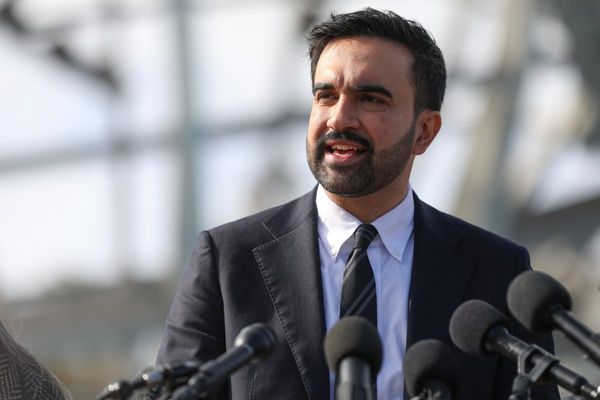Learning Egyptian Arabic opens doors to understanding one of the most widely spoken dialects in the Arab world. Whether you plan to travel, connect with native speakers, or enjoy Egyptian media, mastering this dialect can be both rewarding and enjoyable. Unlike Modern Standard Arabic, Egyptian Arabic is used in daily conversations, making it highly practical for real-life interactions. This article explores effective methods, resources, and tips for learning Egyptian Arabic in a way that is engaging and useful.
What Is Egyptian Arabic?
Egyptian Arabic is a dialect of Arabic spoken primarily in Egypt. It differs from Modern Standard Arabic in pronunciation, vocabulary, and grammar. Many people choose to learn Egyptian Arabic because it is widely understood across the Arab world due to Egypt's influence in media and entertainment. Key features of Egyptian Arabic include:
- Simplified grammar compared to Classical Arabic.
- Unique vocabulary borrowed from Coptic, Turkish, and French.
- A distinct pronunciation, such as the "g" sound replacing the classical "j."
Learning Egyptian Arabic allows you to communicate naturally with locals and enjoy Egyptian films, music, and TV shows.
Why Learn Egyptian Arabic?
There are several reasons why learning Egyptian Arabic is beneficial:
- Widespread Use: It is the most commonly understood Arabic dialect.
- Cultural Connection: Egypt has a rich history and vibrant pop culture.
- Travel Advantage: Speaking the local dialect makes traveling in Egypt easier.
- Media Access: Many Arabic movies, songs, and series are in Egyptian Arabic.
By focusing on this dialect, you gain practical language skills quickly.
Effective Methods for Learning Egyptian Arabic
Learning Egyptian Arabic can be fun if you use the right methods. Here are some effective approaches:
- Immersion: Listen to Egyptian music, watch movies, or follow Egyptian social media influencers.
- Language Apps: Some apps offer courses specifically for Egyptian Arabic.
- Speaking Practice: Engage in conversations with native speakers through language exchange platforms.
- Flashcards: Use flashcards to memorize common words and phrases.
Combining these methods helps reinforce your learning and keeps it engaging.
Common Phrases to Start With
When learning Egyptian Arabic, starting with basic phrases can build confidence. Some useful expressions include:
- "إزيك؟" (izzayyak?) – How are you?
- "أهلاً وسهلاً" (ahlan wa sahlan) – Welcome
- "شكراً" (shukran) – Thank you
- "معلش" (ma‘lesh) – Never mind / It’s okay
Practicing these phrases daily helps you get comfortable with pronunciation and usage.
Resources for Learning Egyptian Arabic
Several resources can support your journey in learning Egyptian Arabic:
- Online Courses: Some platforms offer structured lessons for Egyptian Arabic.
- YouTube Channels: Many educators teach Egyptian Arabic for free.
- Books: Look for textbooks or phrasebooks focused on this dialect.
- Language Partners: Speaking with native speakers improves fluency.
Using a mix of these resources makes learning more dynamic.
Tips for Mastering Egyptian Arabic
To become proficient in Egyptian Arabic, consider these tips:
- Practice Daily: Consistency is key in language learning.
- Focus on Listening: Train your ear by listening to native speakers.
- Don’t Fear Mistakes: Making errors is part of the learning process.
- Learn Slang: Egyptian Arabic has many colloquial expressions.
Applying these tips helps you progress faster and more effectively. Learn more
Differences Between Egyptian Arabic and Modern Standard Arabic
While Modern Standard Arabic (MSA) is used in formal writing, news, and religious contexts, Egyptian Arabic is the spoken language of everyday life. Some key differences include:
- Grammar Simplifications: Egyptian Arabic often drops case endings and uses simpler sentence structures.
- Vocabulary Variations: Many words differ entirely from MSA (e.g., "باب" in MSA means "door," but in Egyptian slang, "باب" can also mean "a lot").
- Pronunciation Shifts: The "ج" (j) sound in MSA becomes a "g" sound in Egyptian Arabic (e.g., "جمل" becomes "gamal" instead of "jamal").
Understanding these differences helps learners switch between formal and informal Arabic more easily.
How Egyptian Arabic Dominates Arab Media
Egypt has long been the cultural hub of the Arab world, producing some of the most famous films, songs, and TV series. Because of this, Egyptian Arabic is widely understood even in non-Egyptian Arab countries. Many people learning Arabic choose Egyptian Arabic first because:
- Most Arabic-dubbed cartoons and movies use Egyptian dialect.
- Famous singers like Umm Kulthum and Amr Diab perform in Egyptian Arabic.
- Egyptian TV dramas are popular across the Middle East.
By learning Egyptian Arabic, you gain access to a vast library of entertainment while improving your comprehension of spoken Arabic.
Common Challenges When Learning Egyptian Arabic
While Egyptian Arabic is easier than MSA in some ways, learners still face difficulties such as:
- Fast Speech: Native speakers often talk quickly, making it hard for beginners to follow.
- Slang and Idioms: Many phrases don’t translate directly (e.g., "يا باشا" – "Ya basha" is a friendly term like "Hey, boss").
- Different Regional Accents: Even within Egypt, dialects vary between Cairo, Alexandria, and rural areas.
Overcoming these challenges requires consistent listening practice and real-life conversations.
Conclusion
Learning Egyptian Arabic is a practical and enjoyable way to connect with Arabic speakers and explore Egyptian culture. By using immersive methods, practicing regularly, and leveraging helpful resources, you can build fluency over time. Whether for travel, communication, or entertainment, mastering this dialect opens up new opportunities. Start today and enjoy the journey of learning Egyptian Arabic.








